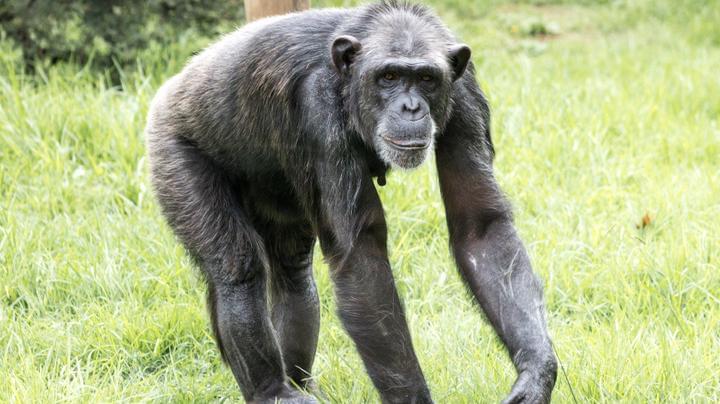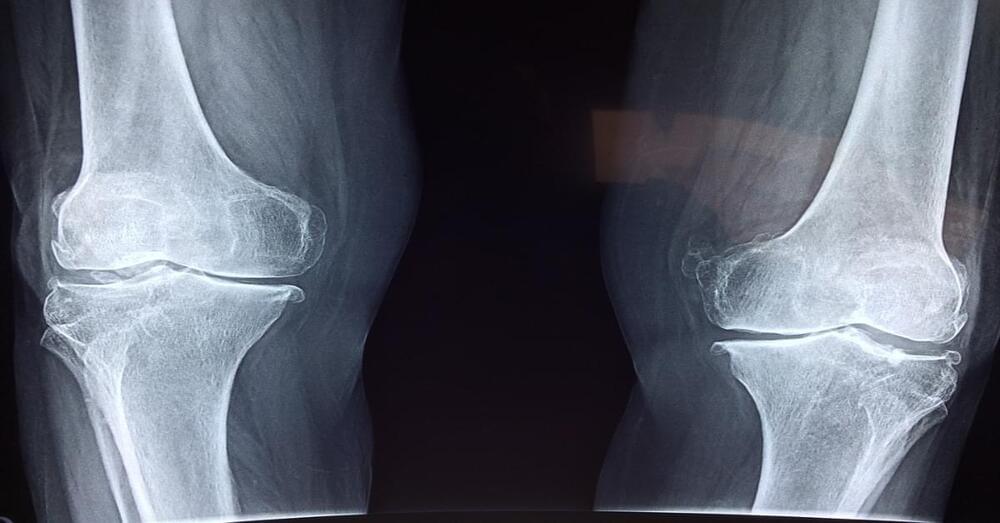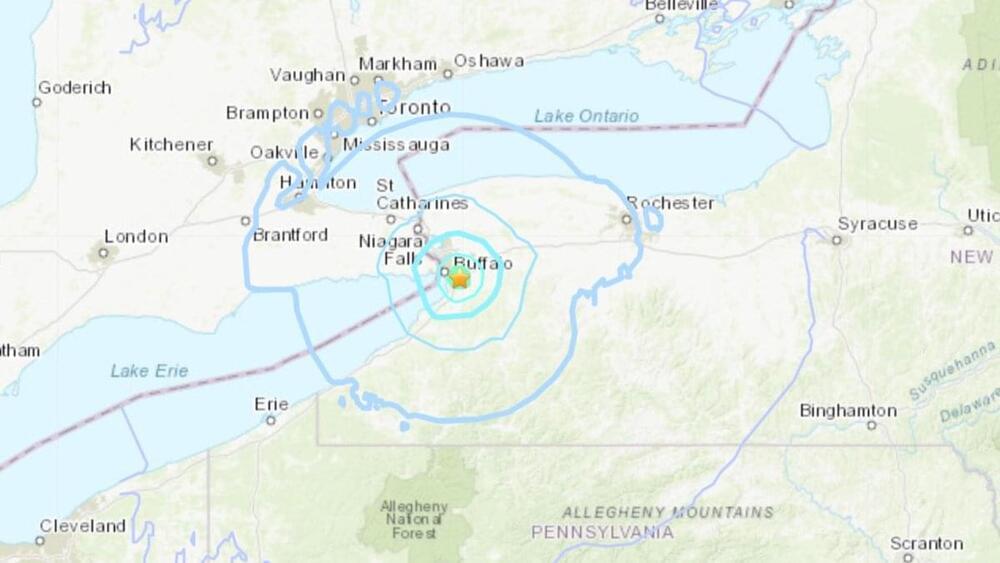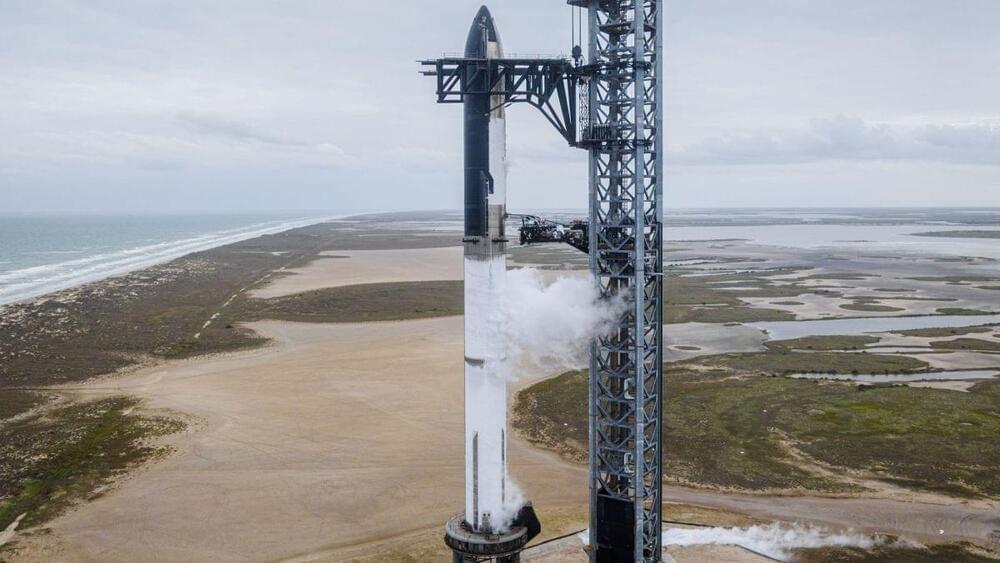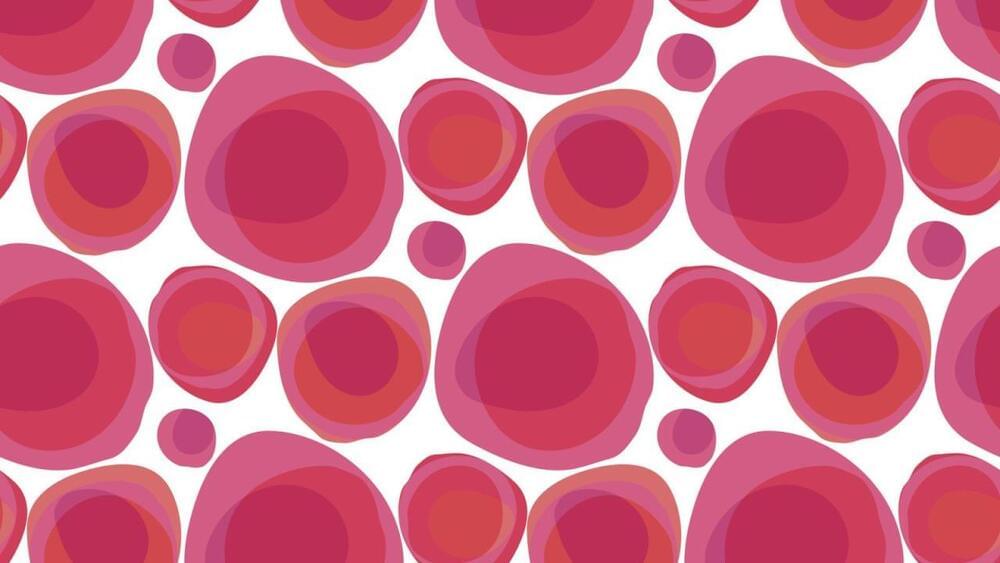Game on!
Feb 6 (Reuters) — Google owner Alphabet Inc (GOOGL.O) on Monday said it will launch a chatbot service and more artificial intelligence for its search engine as well as developers, an answer to Microsoft Corp (MSFT.O) in their rivalry to lead a new wave of computing.
Microsoft, meanwhile, said it planned its own AI reveal for Tuesday.
The cascade of news reflects how Silicon Valley is anticipating massive change from so-called generative AI, technology that can create prose or other content on command and free up white-collar workers’ time.

